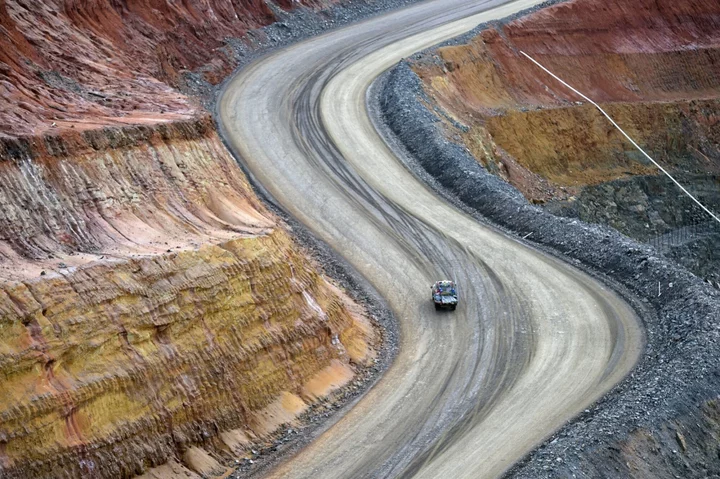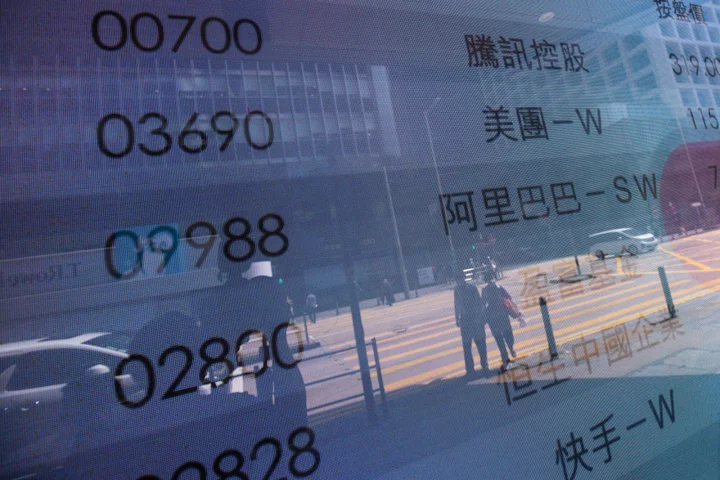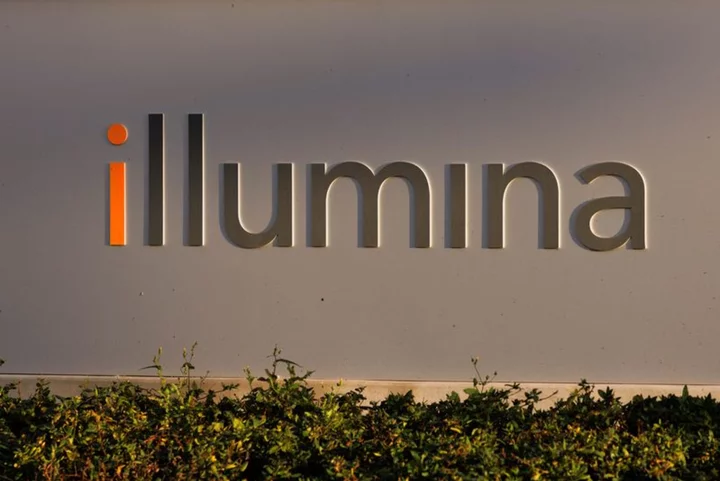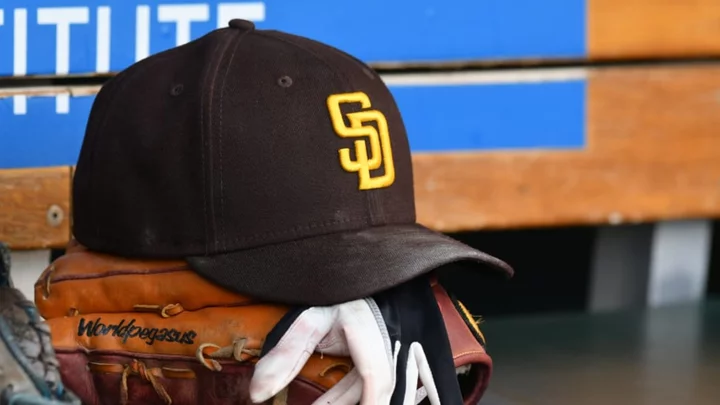By Maki Shiraki
TOKYO The U.S. state of Indiana could well become the most-favoured location for Subaru to establish an electric vehicle production site in the world's biggest economy, the Japanese automaker's chief executive said.
Subaru sees the years to 2028 as a key period for building up its EV sales so that it will eventually hit an annual sales target of 600,000 battery-powered vehicles by 2030 that will make up half of its global sales.
It aims to sell 400,000 of those in the United States.
The automaker is still considering where in the United States it will produce EVs, Subaru CEO Atsushi Osaki told reporters at a roundtable meeting in Tokyo on Wednesday.
The company, a fifth owned by Toyota Motor, already owns a plant in Lafayette, Indiana, where it has been producing Legacy and Outback models.
That site may well come out as top candidate location for the company's EV production, Osaki said, while cautioning it has not made any final decisions on the issue and was considering a wide range of things.
"The time to make a decision is coming close," he added, without saying whether the company was considering to build a new factory or add to or revamp existing production lines.
Osaki said he met Indiana Governor Eric Holcomb in Japan this month, without giving further details, such as whether the two had talked about any more investment by Subaru.
During his trip to Japan, Holcomb also visited Gunma, the prefecture north of Tokyo that is home to Subaru's main domestic facility, and separately met with executives of Toyota and Honda Motor, which both also have plants in Indiana.
Holcomb also met Japan's trade and foreign ministers, according to posts on his official account on social media platform X.
Subaru, which is known for its heavy reliance on the North American market, said in August it aimed to expand its battery-powered line-up to eight models by the end of 2028.
It has been making its first mass-produced EV, the Solterra, at Toyota's Motomachi plant, and will launch three new EVs by the end of 2026 and four more by the end of 2028.
(Reporting by Maki Shiraki; Writing by Daniel Leussink; editing by David Evans)









